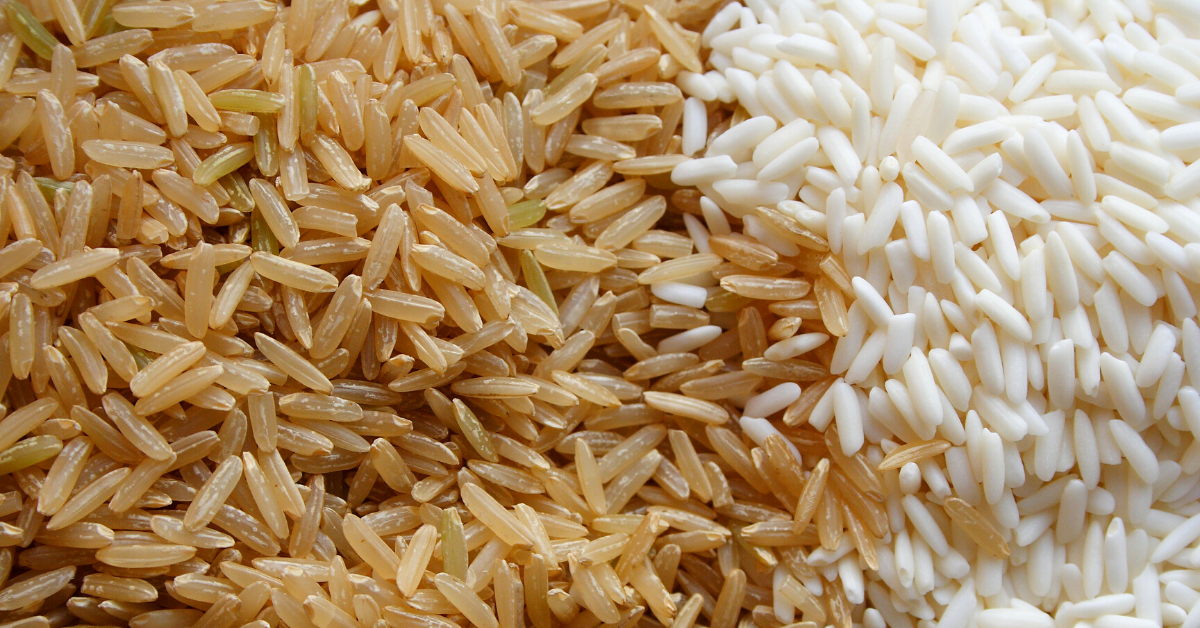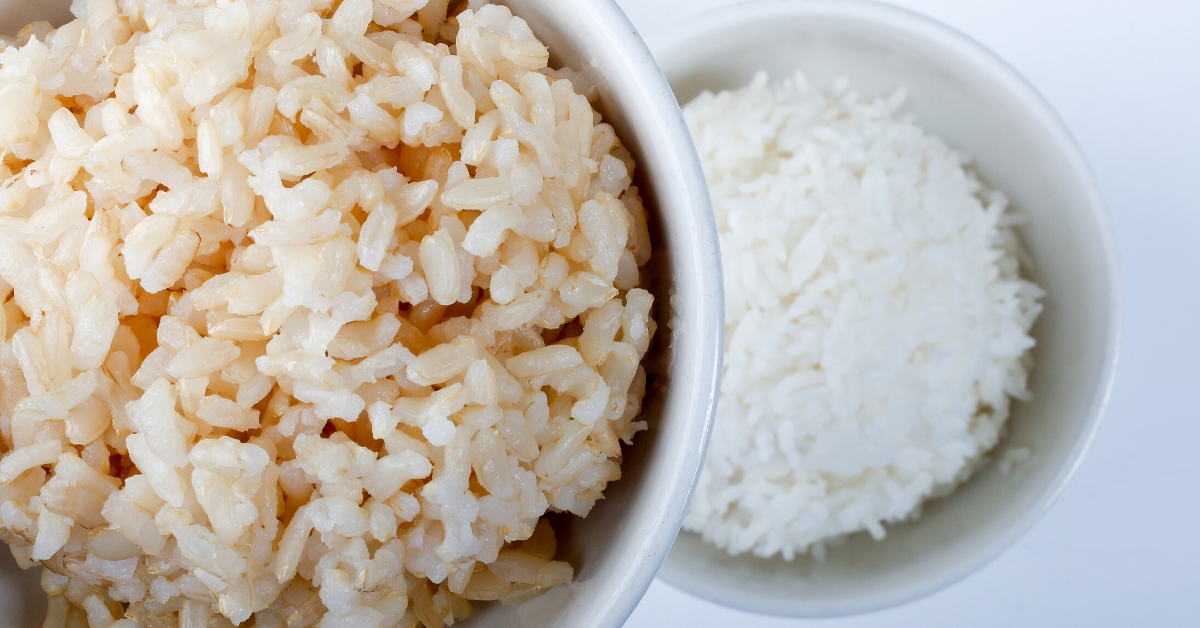
Diabetes Problem Foods: People with diabetes often hear opinions about what foods are okay to eat or not. But what’s the truth? Here is some perspective about rice from Timika Chambers, CDCES.
Diabetes Problem Foods, Pt. 7
The thought of rice, a starchy cereal grain, has many people diagnosed with diabetes looking elsewhere for its nutritional equivalent. However, because rice is such a versatile food, humans consume well over 90% of the rice crop. I have heard many people with diabetes say that they no longer eat rice because it is a starchy food. Usually, they never checked their blood sugar and used the data to adjust how much they ate based on the results.
There is no one-size-fits-all “diabetic diet”. A good diabetes eating plan is individualized. Some discover how to keep certain questionable foods in their eating plans with portion control and blood sugar data. People with diabetes must choose, sometimes through trial and error, which foods to incorporate into their individualized health plan. And, with over 40,000 species of rice, there are many types of rice to try.
To simplify, I will compare brown and white rice, two of the most common types of rice eaten in homes. Remember, there is always more than one solution to diabetes problem foods. I have worked with many people living with diabetes who enjoy foods that they love, including rice.

History
Research suggests that the cultivation of rice began around 2500 BC in China. Many people add rice to their meal plans in the form of alcoholic beverages, desserts, main courses, and snacks. Rice grows on every continent except Antarctica, and white rice may outlive your favorite pair of jeans.
Nutritional aspect
The main difference when it comes to white rice is that it doesn’t have bran layers, the most nutritional component of rice. The processing removes much of the white rice’s fiber, potassium, and other nutrients. See the table below for additional nutritional information.
| Nutritional Aspect (1 cup serving) | Brown Rice | White Rice | Analysis |
|---|---|---|---|
| Calories (Fuel) | 216 | 206 | Brown rice provides more fuel. |
| Fats | 1.8g total
(0.4g sat, 0.6g poly, 0.6g mono) |
0.4g total
(0.1g sat, 0.1g poly, 0.1g mono) |
Brown rice provides more good fats. |
| Sodium | 10mg | 2mg | White rice has less sodium.
Consider this for your heart and kidneys. |
| Potassium | 84mg | 55mg | Brown rice is higher in potassium, a major electrolyte and mineral for regulating blood pressure and heart health.
Too much potassium can be harmful if you have kidney problems. |
| Total Carbohydrates | 45g | 45g | If you use the exchange method for carbohydrate counting, this is three carbs (15 carbs = 1 carb exchange).
Try moderation first instead of complete elimination. |
| Dietary Fiber | 3.5g | 0.6g | White rice processing removes the husk, bran and germ, its primary source of dietary fiber. Many people are lacking this necessary nutrient that helps manage cholesterol, gut health and blood pressure which lowers risk of heart disease and stroke. |
| Sugars | 0.7g | 0.6g | The difference is fairly insignificant. |
|
Glycemic index Low = 1-55 Medium = 56-69 High = 70+ |
68 ± 4 Range 64-72 |
73 ± 4 Range 69-77 |
Including healthy fats and vegetables in your meal plan may help slow the absorption of rice; thereby, preventing or reducing spikes in your blood sugar. |
Additional Food For Thought
- Be careful with prepared boxes of rice. Prepared or processed foods may have additional additives, including sodium, to increase rice’s shelf-life.
- If you find white or brown rice isn’t working for your blood sugar and health goals, try alternatives such as Quinoa. Quinoa is a grain that provides more energy (222 calories) yet is lower in carbs (39 grams) and glycemic index, around 53. Other alternatives include cauliflower, crumbled sautéed soy, and whole-grain Basmati rice (approximate glycemic index of 50-58). You can also chop or spiralize vegetables, such as zucchini.
- Rice may have higher levels of arsenic than any other crop. Limiting your intake can reduce your chance of consuming this heavy metal.
- If you love rice dishes but want to eat less rice, here are a couple of recipes to help you get started.

